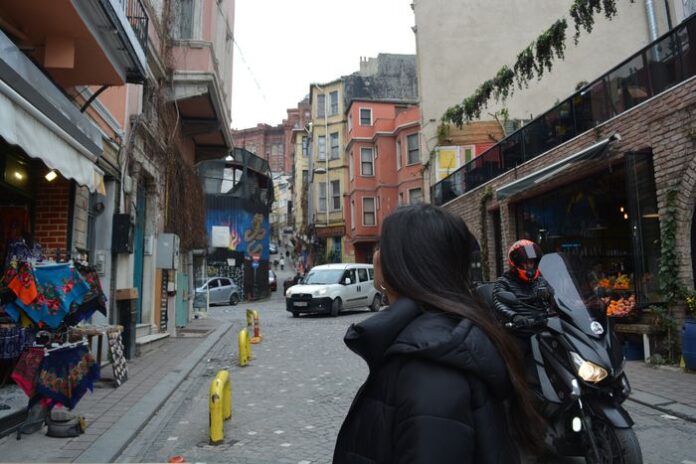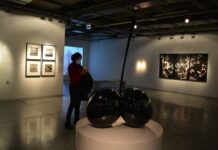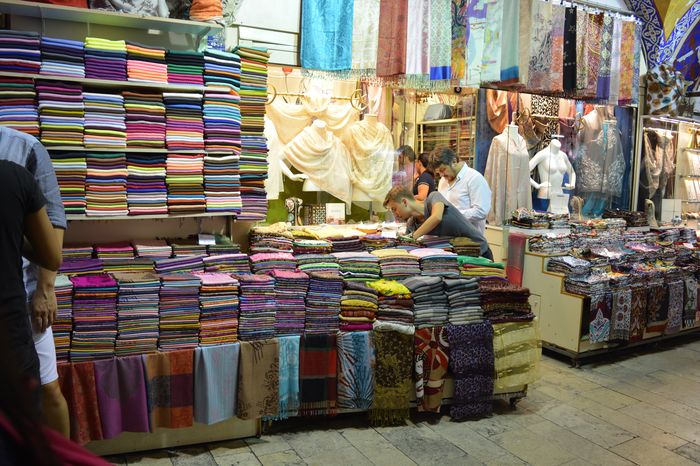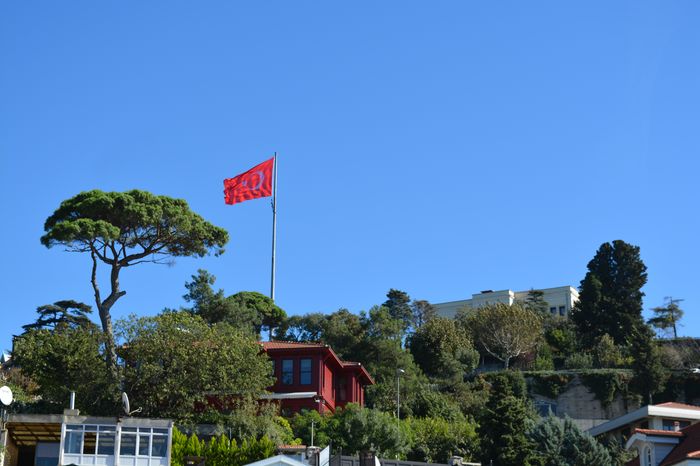Evidence suggests that in Byzantine times, there was a spice market near the Gate of the Perama, similar to the one that still exists today just behind Balouk Bazaar Kapoussi. The modern market is, in fact, a continuation of this ancient trading area. The sale of fragrant herbs, perfumes, and imported spices was a common feature of life along this part of the Golden Horn, where goods from the East reached the capital Round Turkey Tours.
The Italian traveler Bondelmontius, who visited Constantinople before its fall, also mentioned that the fish market of the Byzantine city was held in front of this very gate. His map labels the gate Porta Piscaria, meaning “Fish Gate.” This detail perfectly matches the modern practice—fish are still sold in the same neighbourhood today. The continuation of these trades through the centuries demonstrates how deeply rooted urban traditions can be. The same places where merchants once sold spices and fish to Byzantine citizens remain lively centers of commerce in Istanbul’s modern life.
The Names of the Gate Perama and Hebraica
The Gate of the Perama had more than one name. In some medieval sources, it was also called the Porta Hebraica, or “Hebrew Gate.” This connection becomes clear when we compare Byzantine and Venetian documents that describe the city’s harbour districts. The two names—Porta Perama and Porta Hebraica—were often used interchangeably, showing that they referred to the same location.
This double naming likely arose because the area near the gate was home to a Jewish community, whose presence dated back to the Byzantine and even earlier Roman periods. Their settlement near the busy ferry port made sense, as it allowed easy access to trade routes and commercial opportunities across the harbour. The nearby Judeca (or Jewish quarter) gave the gate its second name, and both names continued to appear in documents for centuries.
The Venetian Quarter and Imperial Grants
During the Byzantine period, especially after Emperor Alexius I Comnenus (1081–1118) granted commercial privileges to the Venetians, the area around the Gate of the Perama became part of their officially recognized trading quarter. Anna Comnena, the emperor’s daughter, records in her famous work The Alexiad that her father assigned the Venetians a section of the Golden Horn extending from the old Hebrew pier to the Vigla—the latter being a nearby watchtower and police station Zindan Kapoussi and Porta Hebraica.
Later, when Doge Faletri of Venice confirmed the rights of the Monastery of San Giorgio Maggiore to property in Constantinople, the same territory was described in the charter. In one passage, the Venetian quarter is said to stretch “from the Vigla to the Porta Perama, as far as the Judeca” (“ad Portam Perame, usque ad Judecam”). In another, the description reads “from the Vigla to the Judeca” (“a comprehenso dicto sacro Viglae usque ad Judecam”). Both expressions identify the Gate of the Perama as a boundary of the Venetian settlement and confirm its link with the Jewish district.
The Gate’s Role After the Restoration of the Greek Empire
After the Restoration of the Byzantine Empire in 1261, following the fall of the Latin Empire, new imperial charters again defined the limits of the Venetian trading area. These documents consistently mention two main points as boundaries: the Gate of the Drungarii to the west and the Gate of the Perama to the east. This continuity across centuries—through political upheaval, conquest, and restoration—shows how stable and important these landmarks remained in the urban and commercial geography of Constantinople.
The Gate of the Perama, also known as the Porta Hebraica and Porta Piscaria, was not only a key passage to the harbour but also a vibrant center of trade and community life. Surrounded by spice and fish markets, close to the Venetian quarter, and bordering the Jewish district, it reflected the multicultural and commercial spirit of Byzantine Constantinople. Even today, the same area behind Balouk Bazaar Kapoussi continues to echo the lively markets and human interactions that once defined the city’s connection between East and West, empire and sea, past and present.







